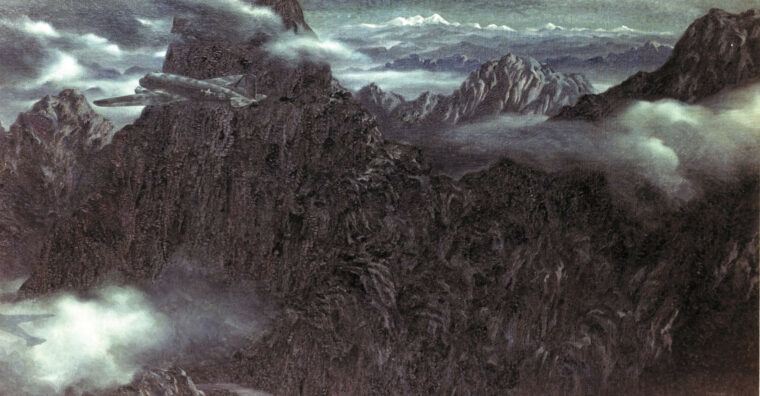
Japan
Over the Hump: Supplying Allied Forces over the Himalayas
By Sam McGowanIn truth, it really was not a combat operation. For every airplane lost to enemy action, a hundred were destroyed in accidents. Read more

Japan
In truth, it really was not a combat operation. For every airplane lost to enemy action, a hundred were destroyed in accidents. Read more
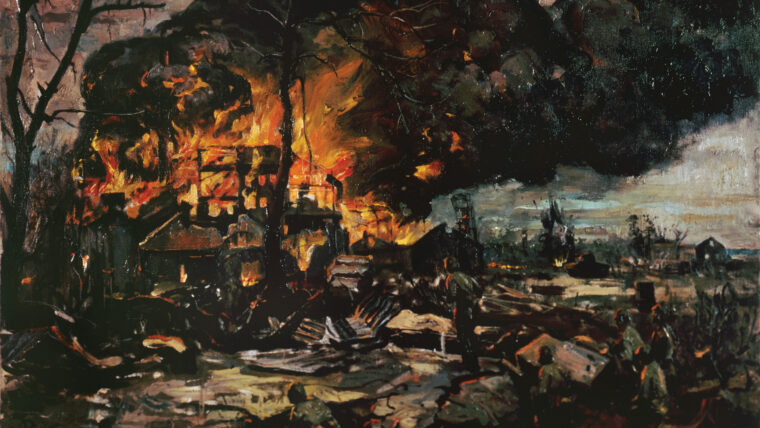
Japan
On June 10, 1944, as his troop transport churned through the Pacific toward the Japanese-held island of Saipan, Pharmacist’s Mate First Class Stan Bowen wrote a letter to his sweetheart, Marge McCann. Read more

Japan
On the morning of February 23, 1945, on the tiny Pacific island of Iwo Jima, a 40-man patrol gathered at the 5th Marine Division headquarters for their final briefing with battalion commander Lt. Read more
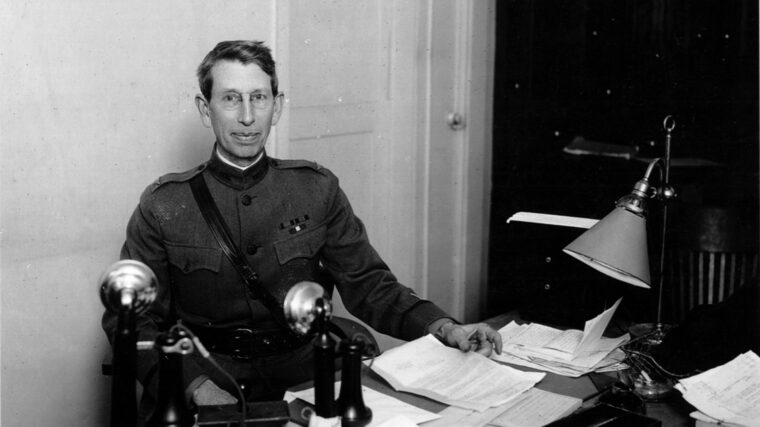
Japan
In the long history of American military intelligence, the names that come to mind most often are those of Nathan Hale, Benedict Arnold, Herbert Yardley, and William Donovan. Read more

Japan
The Office of Strategic Services (OSS) was America’s first strategic intelligence organization. President Franklin D. Roosevelt authorized its establishment on June 13, 1942, six months after World War II began, to collect and analyze strategic intelligence and to conduct special services, including subversion, sabotage, and psychological warfare. Read more

Japan
It will not come as a surprise to American readers that when the Japanese emperor delivered his surrender message on August 15, 1945, Allied forces led by the United States had thoroughly defeated Japan’s naval and air power in the Pacific. Read more
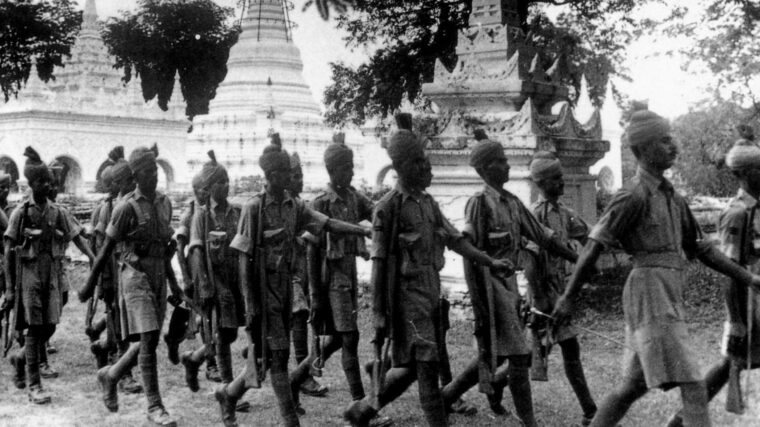
Japan
The Japanese looked unstoppable. Two divisions of the 15th Army had crossed from Thailand into Burma in mid-January 1942, bent on capturing Rangoon before the British could land reinforcements and block the seizing of the Burma Road. Read more
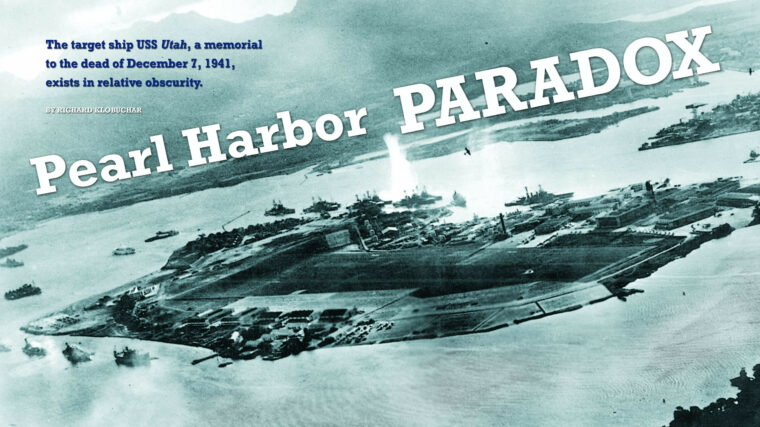
Japan
Very few among the throngs of visitors to Pearl Harbor on the island of Oahu are aware of an anomaly, but it definitely exists in the case of the USS Utah. Read more
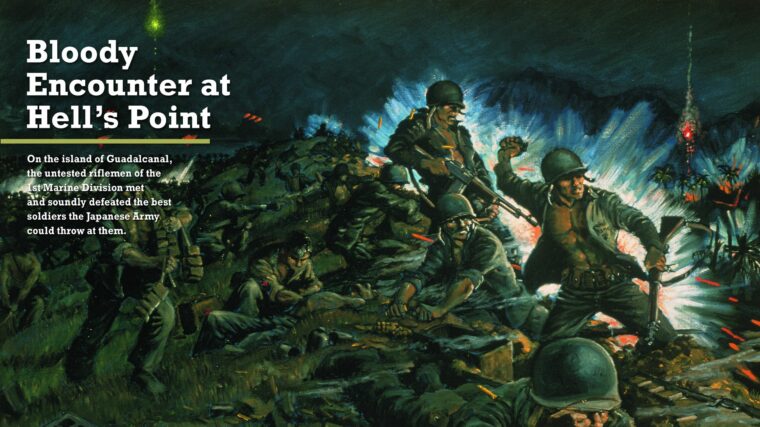
Japan
On the humid morning of August 19, 1942, infantrymen from Company A, 1st Battalion, 1st Marines carefully eyed the landscape for any signs of Japanese soldiers as they slowly made their way through the thick jungle on the island of Guadalcanal, located in the Solomon Islands. Read more
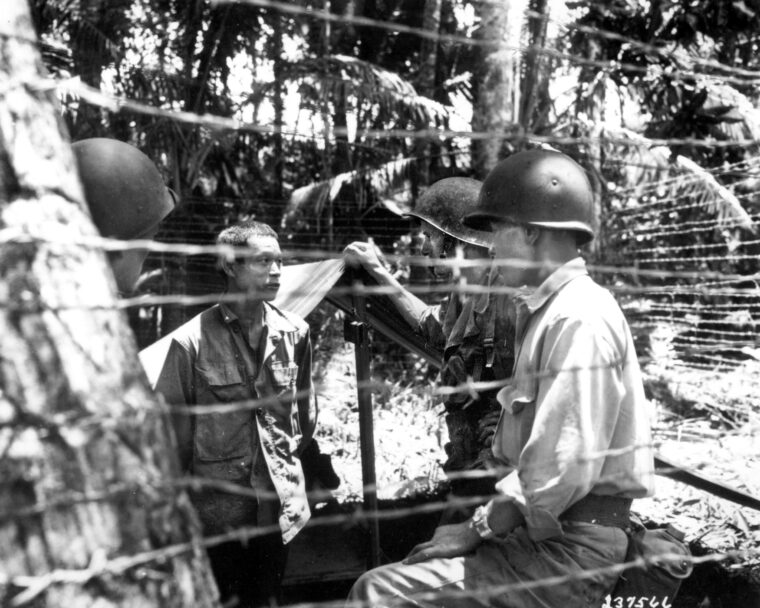
Japan
American soldiers of Japanese ancestry made remarkable contributions to the Allied victory during World War II. Read more
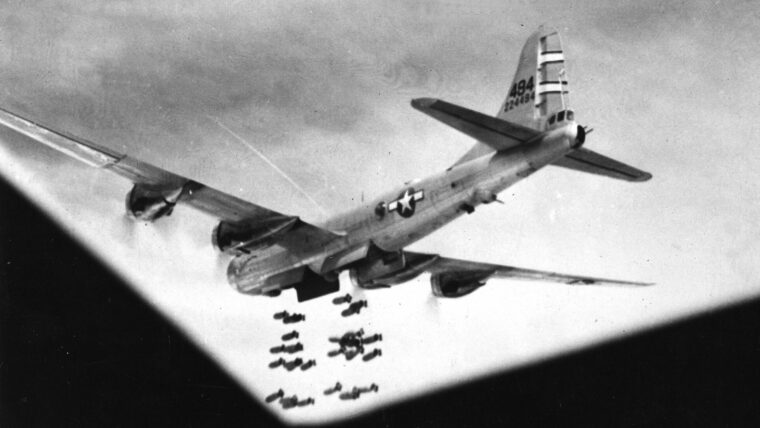
Japan
As the Japanese delegation stood on the deck of the battleship USS Missouri on September 2, 1945, preparing to sign the documents that ended World War II, a large formation of Boeing B-29 Superfortress heavy bombers swooped low over Tokyo Bay as a reminder of the terrible destruction that had befallen their nation and turned Japan’s cities into ruins. Read more
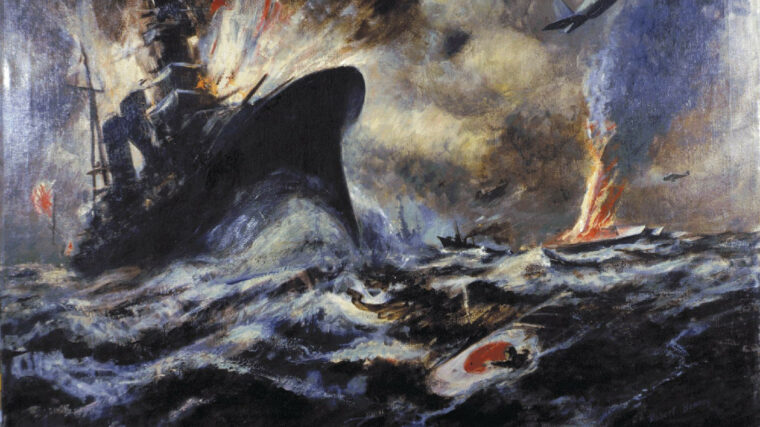
Japan
Japanese military successes in 1941 and 1942 shocked the West. Behind those successes lay a logistics effort not often appreciated, that of shipping. Read more
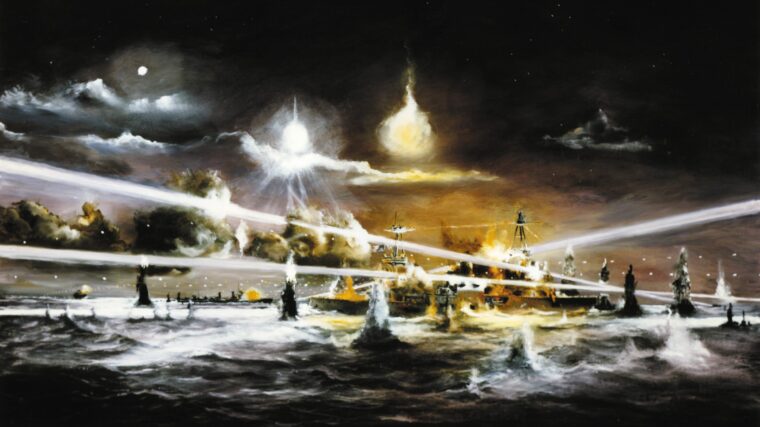
Japan
When Howard Brooks joined the United States Navy in 1939, the 20-year-old farm boy from Tennessee had no idea that he was going to experience one of the most harrowing adventures of World War II. Read more
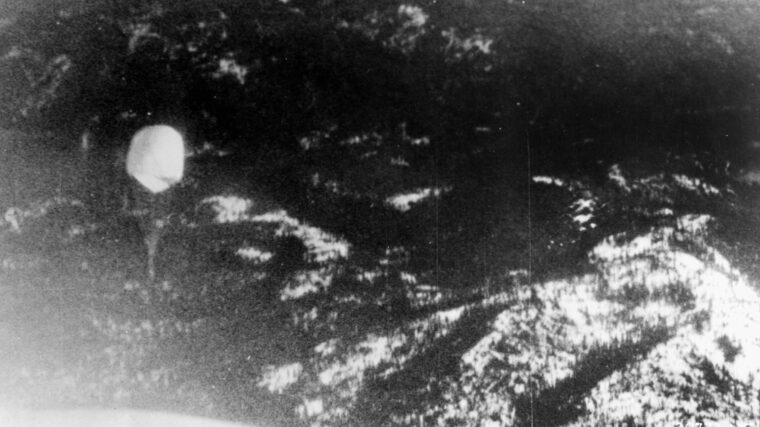
Japan
On Saturday, May 5, 1945, three days before the end of World War II in Europe and just three months before the Japanese surrendered, spinning shards of metal ripped into the tall pine trees, burrowing holes into bark and tearing needles from branches outside the tiny logging community of Bly, Oregon. Read more

Japan
As he read the decrypt of the radiogram from Admiral Harold Stark, Chief of Naval Operations, several things bothered Admiral Thomas C. Read more
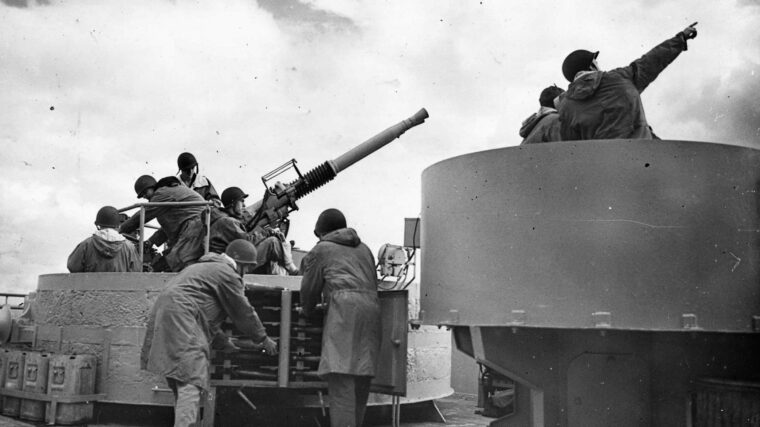
Japan
The late summer of 1939 saw Great Britain teetering on the brink of war with Hitler’s Germany. The years of appeasement and vacillation, of meekly acquiescing to Hitler’s insatiable territorial demands, were over at last. Read more
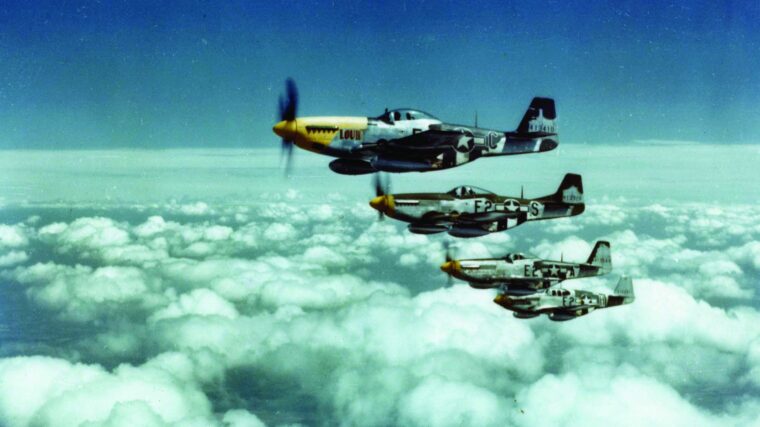
Japan
If a single airplane has captured the public imagination more than any other, it is undoubtedly the North American P-51 Mustang fighter. Read more
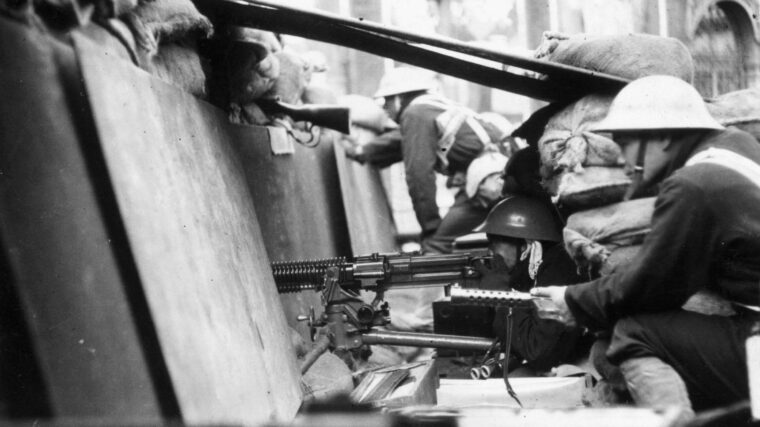
Japan
On October 27, 1937, the Zhabei district of Shanghai began to burn, an enormous conflagration that stretched for five miles and filled the northern horizon from end to end, almost as far as the eye could see. Read more
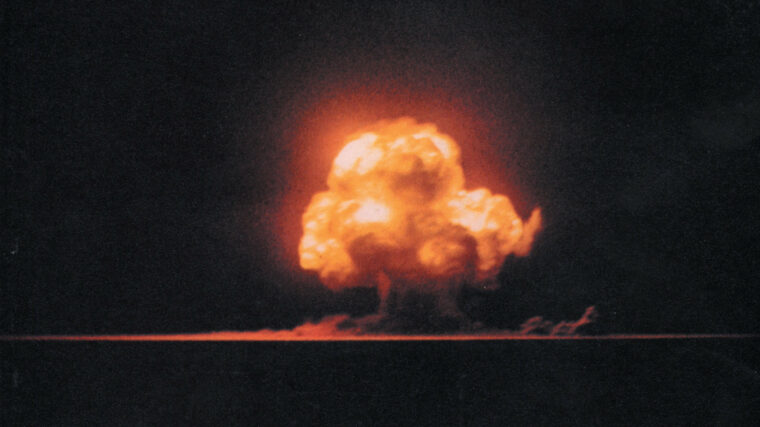
Japan
The most controversial decision of the 20th century—probably in all of history—was the one reportedly made by President Harry S. Read more
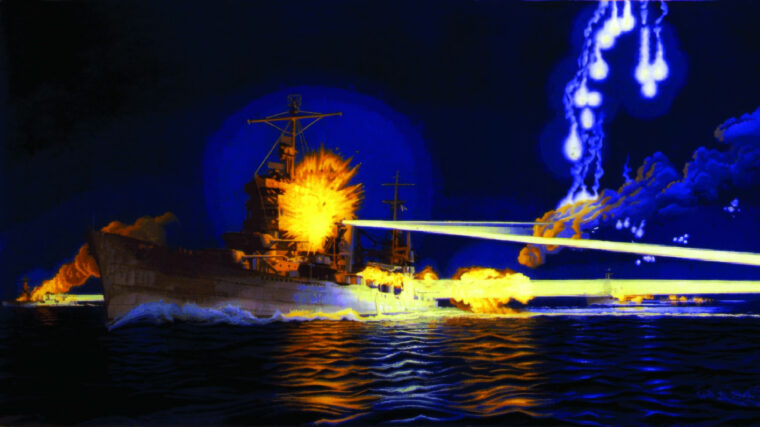
Japan
November 13, 1942, was a Friday, which sailors aboard the cruiser USS San Francisco noted with anxiety. Read more